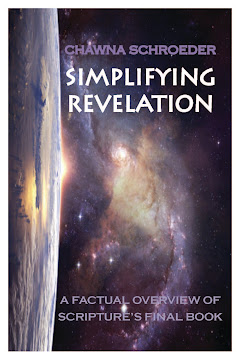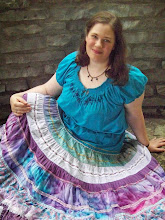Stories are powerful. Stories have impact. Stories can influence—both for good and evil. But which stories influence for good and which ones influence for evil? What makes a “good story” good?
There is no easy answer. I wish there was. It would make my job as a writer easier. But created worlds seem to have a rebellious streak, unwilling to abide by normal rules.
Just like in the beginning.
We too live in a created world, and once upon a time, the Creator surveyed the creation and pronounced it “good.” So how did God define a good world? I think the answer is found in Genesis 2:9 (NIV): “And the LORD God made all kinds of trees grow out of the ground—trees that were pleasing to the eye and good for food.”
See the two principles? The trees of Eden were good because there were beautiful (pleasing to the eye) and nourishing (good for food).
The same can be applied to stories. The content and over-arching themes of a story can be very nourishing. They can stretch our minds and our hearts, challenge wrong attitudes, and promote healthy growth. They can push us toward God.
Stories can also be beautiful. While a story may not be pleasing to the physical eye, the images created in the mind’s eye can be. More than that, the language can sound beautiful to the ear and the story itself pleasing to the heart. This last one may seem less obvious. But have you ever read a story where the characters were flat, the plot uninteresting, and something just didn’t “feel” right, leaving you dissatisfied when you finished? More than likely that was due to poor craft: the story, not just the words, weren’t “pleasing.”
In short, a good story needs excellent craft and excellent content.
Feet on the ground, head in the clouds,
Chawna Schroeder
Next week: When craft and content collide
Monday, April 9, 2007
Subscribe to:
Post Comments (Atom)




No comments:
Post a Comment